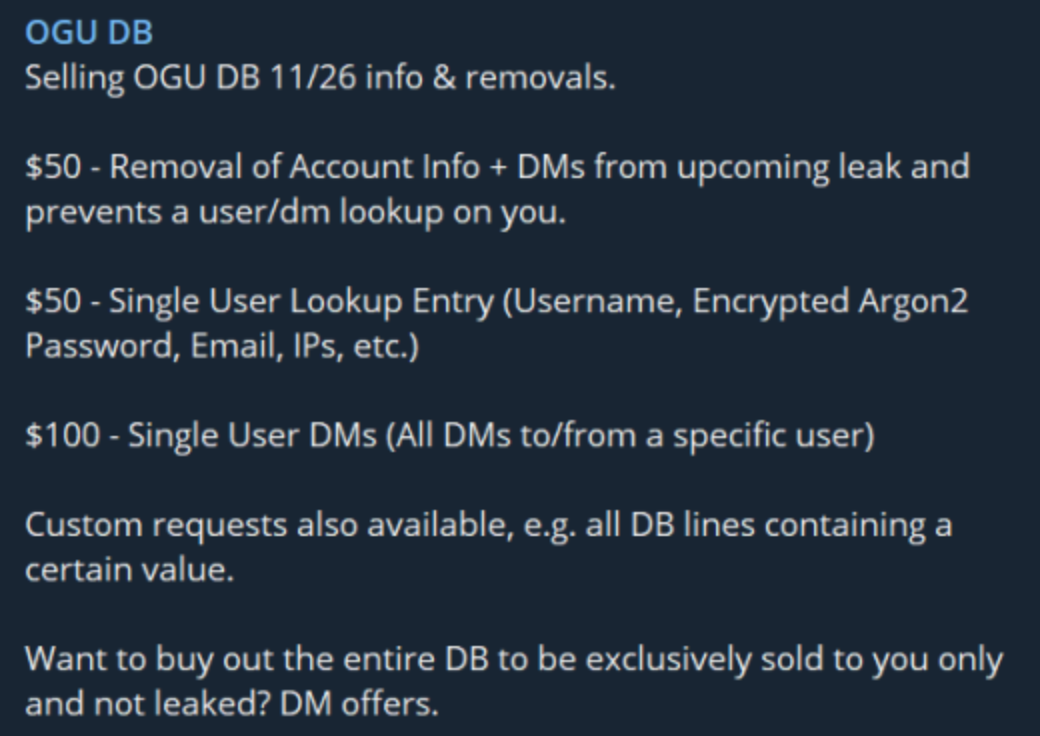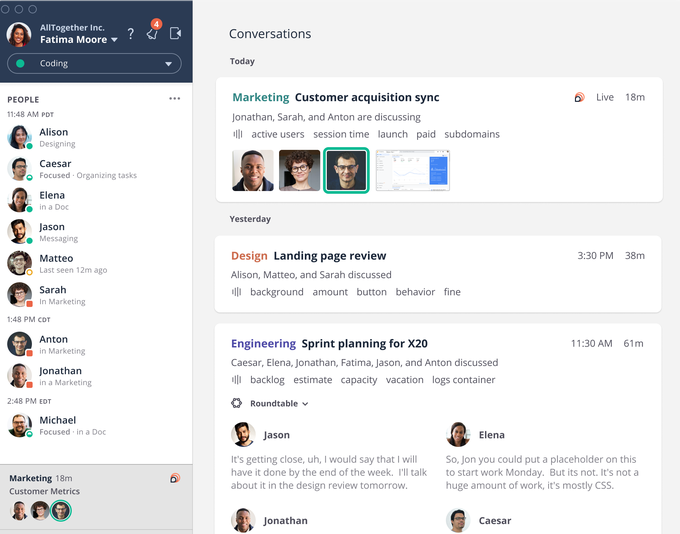ServiceNow, the cloud-based IT services company, is making a significant acquisition today to fill out its longer-term strategy to be a big player in the worlds of automation and artificial intelligence for enterprises. It is acquiring Element AI, a startup out of Canada.
Founded by AI pioneers and backed by some of the world’s biggest AI companies — it raised hundreds of millions of dollars from the likes of Microsoft, Intel, Nvidia and Tencent, among others — Element AI’s aim was to build and provision AI-based IT services for enterprises, in many cases organizations that are not technology companies by nature.
Terms of the deal are not being disclosed, a spokesperson told TechCrunch, but we now have multiple sources telling us the price was around $500 million. For some context, Element AI was valued at between $600 million and $700 million when it last raised money, $151 million (or C$200 million at the time) in September 2019.
Even at $500 million, this deal would be ServiceNow’s biggest acquisition, although it would be a sizeable devaluation compared to the startup’s last price at fundraising.
A spokesperson confirmed that ServiceNow is making a full acquisition and will retain most of Element AI’s technical talent, including AI scientists and practitioners, but that it will be winding down its existing business after integrating what it wants and needs.
“Our focus with this acquisition is to gain technical talent and AI capabilities,” the spokesperson said. That will also include Element AI co-founder and CEO, JF Gagné, joining ServiceNow, and co-founder Dr. Yoshua Bengio taking on a role as technical advisor.
Those who are not part of those teams will be supported with severance or assistance in looking for other jobs within ServiceNow. A source estimated to us that this could affect around half of the organization.
The startup is headquartered in Montreal, and ServiceNow’s plan is to create an AI Innovation Hub based around that “to accelerate customer-focused AI innovation in the Now Platform.” (That is the brand name of its automation services.)
Last but not least, ServiceNow will start re-platforming some of Element AI’s capabilities, she said. “We expect to wind down most of Element AI’s customers after the deal is closed.”
The deal is the latest move for a company aiming to build a modern platform fit for our times.
ServiceNow, under CEO Bill McDermott (who joined in October 2019 from SAP), has been on a big investment spree in the name of bringing more AI and automation chops to the SaaS company. That has included a number of acquisitions this year, including Sweagle, Passage AI and Loom (respectively for $25 million, $33 million and $58 million), plus regular updates to its larger workflow automation platform.
ServiceNow has been around since 2004, so it’s not strictly a legacy business, but all the same, the publicly traded company, with a current market cap of nearly $103 billion, is vying to position itself as the go-to company for “digital transformation” — the buzz term for enterprise IT services this year, as everyone scrambles to do more online, in the cloud and remotely to continue operating through a global health pandemic and whatever comes in its wake.
“Technology is no longer supporting the business, technology is the business,” McDermott said earlier this year. In a tight market where it is completely plausible that Salesforce might scoop up Slack, ServiceNow is making a play for more tools to cover its own patch of the field.
“AI technology is evolving rapidly as companies race to digitally transform 20th century processes and business models,” said ServiceNow Chief AI Officer Vijay Narayanan, in a statement today. “ServiceNow is leading this once-in-a-generation opportunity to make work, work better for people. With Element AI’s powerful capabilities and world class talent, ServiceNow will empower employees and customers to focus on areas where only humans excel – creative thinking, customer interactions, and unpredictable work. That’s a smarter way to workflow.”
Element AI was always a very ambitious concept for a startup. Dr. Yoshua Bengio, winner of the 2018 Turing Award, who co-founded the company with AI expert Nicolas Chapados and Jean-François Gagné (Element AI’s CEO) alongside Anne Martel, Jean-Sebastien Cournoyer and Philippe Beaudoin, saw a gap in the market.
Their idea was to build AI services for businesses that were not tech companies in their DNA, but would still very much need to tap into the innovations of the tech world in order to continue growing and remaining competitive with said tech companies as the latter moved deeper into a wider range of industries and the companies themselves required increasing sophistication to operate and grow. They needed, in essence, to disrupt themselves before getting unceremoniously disrupted by someone else.
And on top of that, Element AI could work for and with the tech companies taking strategic investments in Element AI, as those investors wanted to tap some of that expertise themselves, as well as work with the startup to bring more services and win more deals in the enterprise. In addition to its four (sometimes fiercely competitive) investors, other backers included the likes of McKinsey.
Yet what form all of that would take was never completely clear.
When I covered the startup’s most recent tranche of funding last year, I noted that it wasn’t very forthcoming on who its customers actually were. Looking at its website, it still isn’t, although it does lay out several verticals where it aims to work. They include insurance, pharma, logistics, retail, supply chain, manufacturing, government and capital markets.
There were some other positive points. Element AI also played a strong ethics card with its AI For Good efforts, starting with work with Amnesty in 2018 and most recently Mozilla. Indeed, 2018 — a year after Element AI was founded — was also the year AI seemed to hit the mainstream consciousness — and also started to appear somewhat more creepy, with algorithmic misfires, pervasive facial recognition and more “automated” applications that didn’t work that well and so on — so launching an ethical aim definitely made sense.
But for all of that, it seems that there perhaps were not enough threads there to need a bigger cloth as a standalone business. Glassdoor reviews also speak of an endemic disorganization at the startup, which might not have helped, or was perhaps a sign of bigger issues.
“Element AI’s vision has always been to redefine how companies use AI to help people work smarter,” said Element AI founder and CEO, Jean-Francois Gagné in a statement. “ServiceNow is leading the workflow revolution and we are inspired by its purpose to make the world of work, work better for people. ServiceNow is the clear partner for us to apply our talent and technology to the most significant challenges facing the enterprise today.”
The acquisition is expected to be completed by early 2021.

![]()





